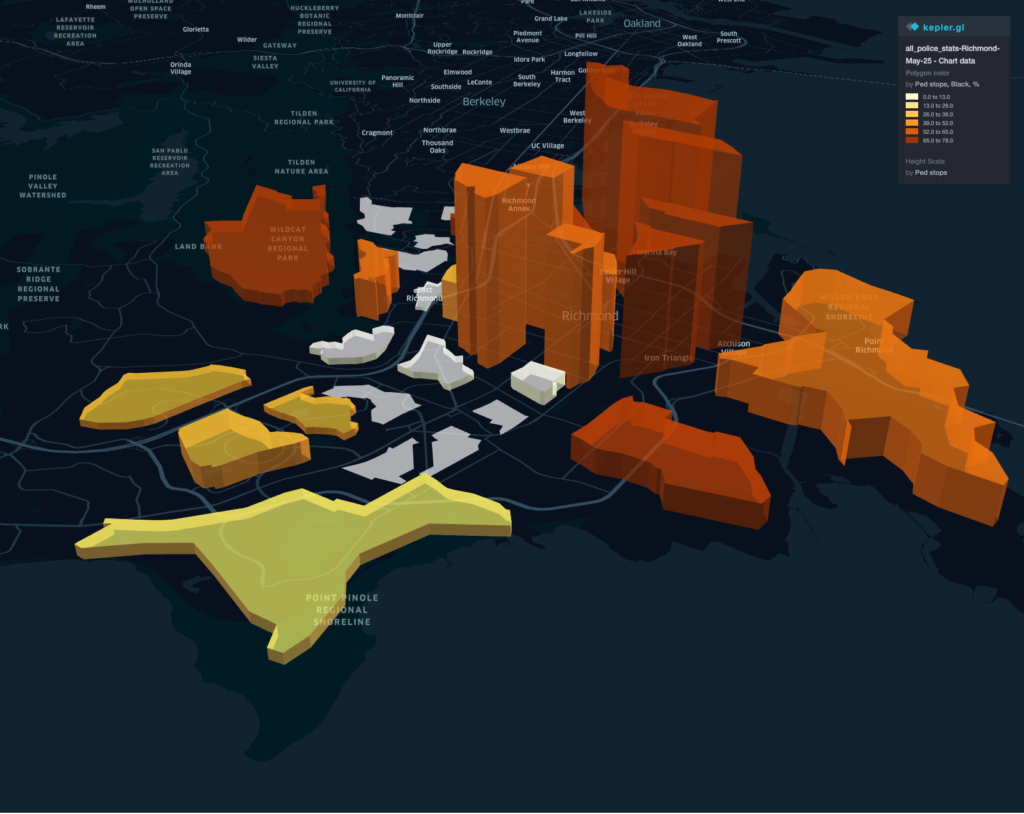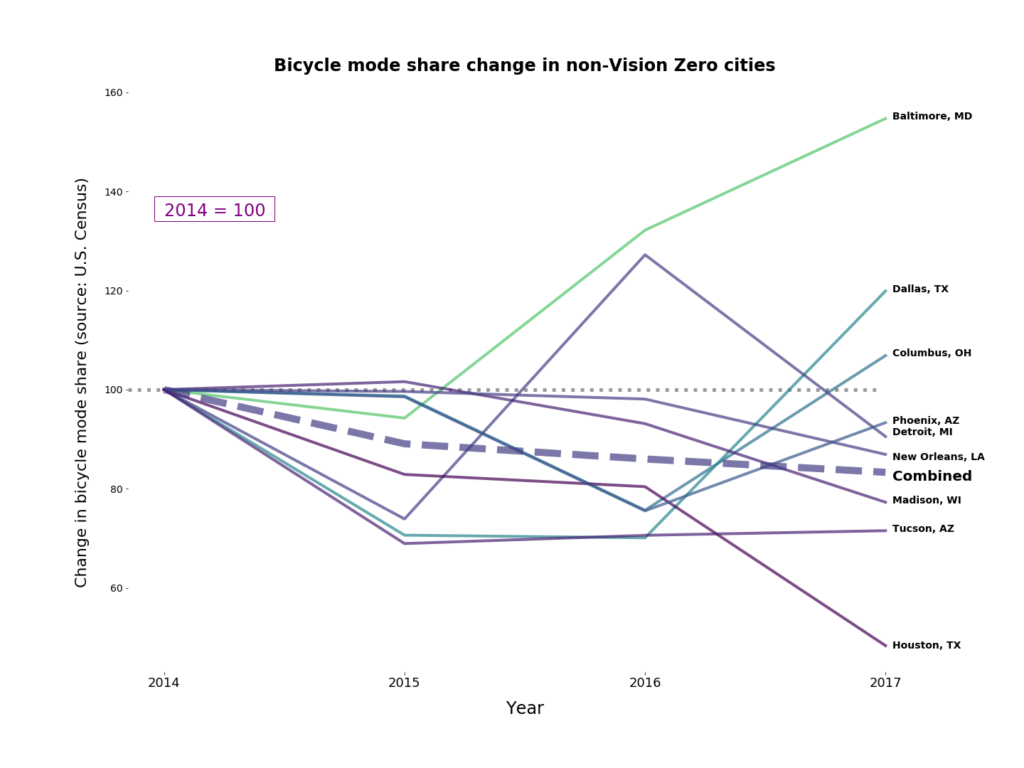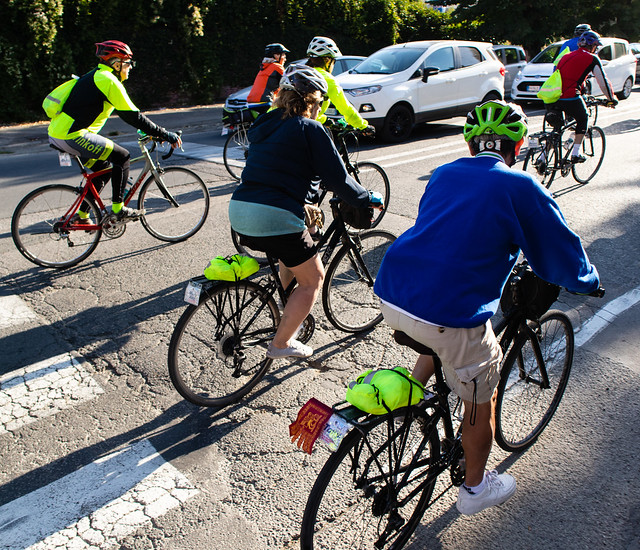A day with Rich City: Self-Care Sunday and Mobility4All
I’d been looking forward to this day for six months, since Adonia Lugo had to cancel her talk at Rich City Rides in December. And in the meantime it had gotten even more interesting, because I’d gotten to know a bit more about Doria Robinson, and RB was joining to represent the Scraper Bike Team. I started by heading up for the weekly Self-Care Sundays ride out of Unity Park, where I got to have a number of interesting conversations with Naj, RB, and Phoenix, and then had the opportunity to meet and hear Dr. Lugo and the others at the great Mobility4All panel.






